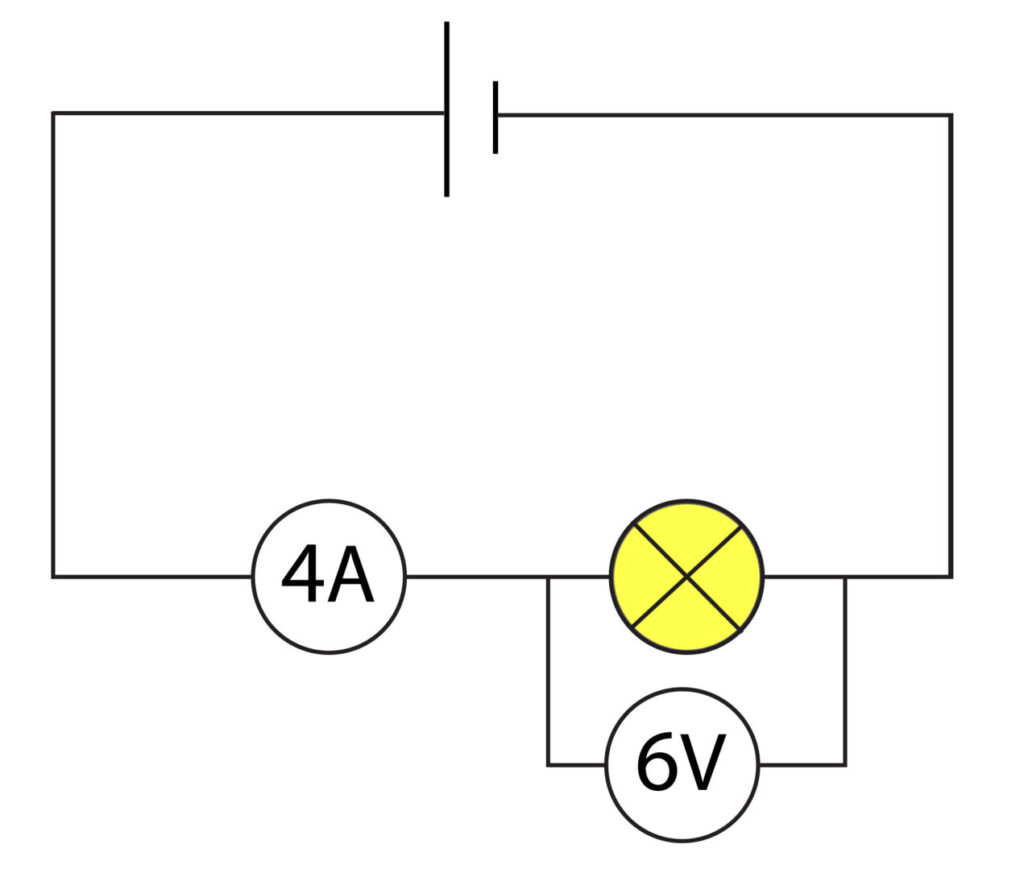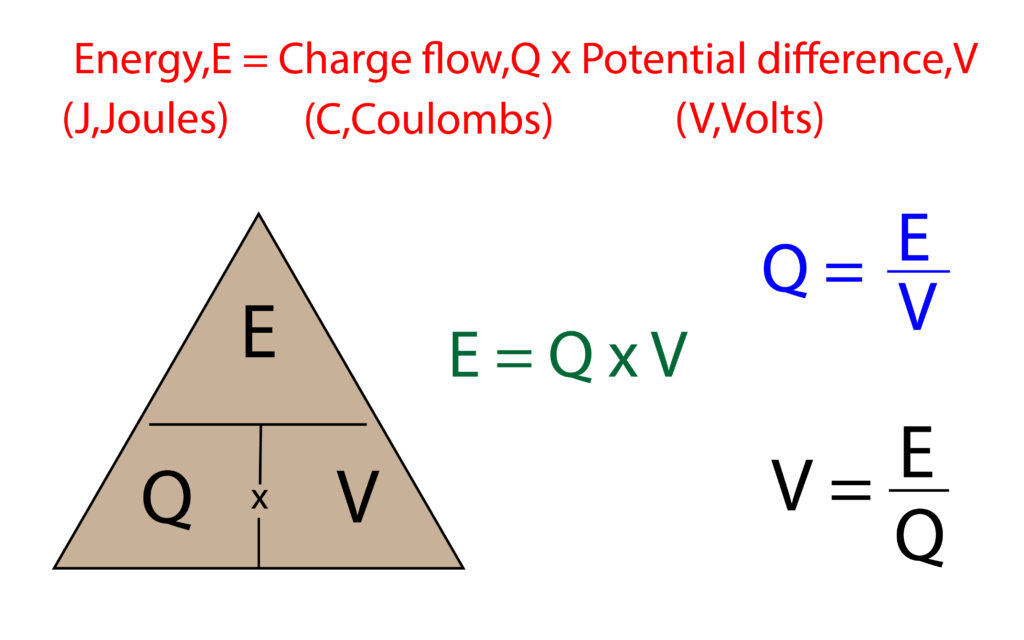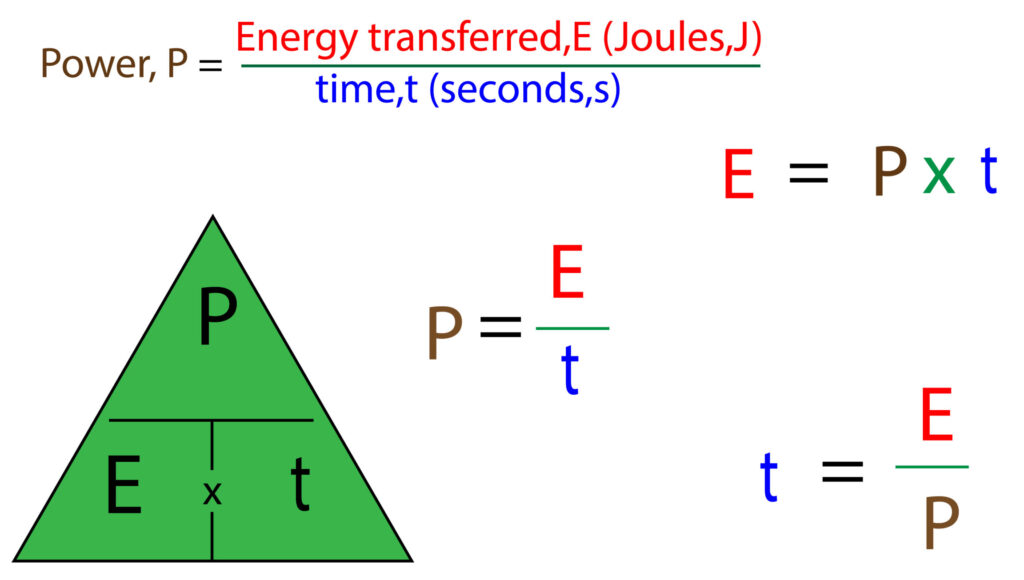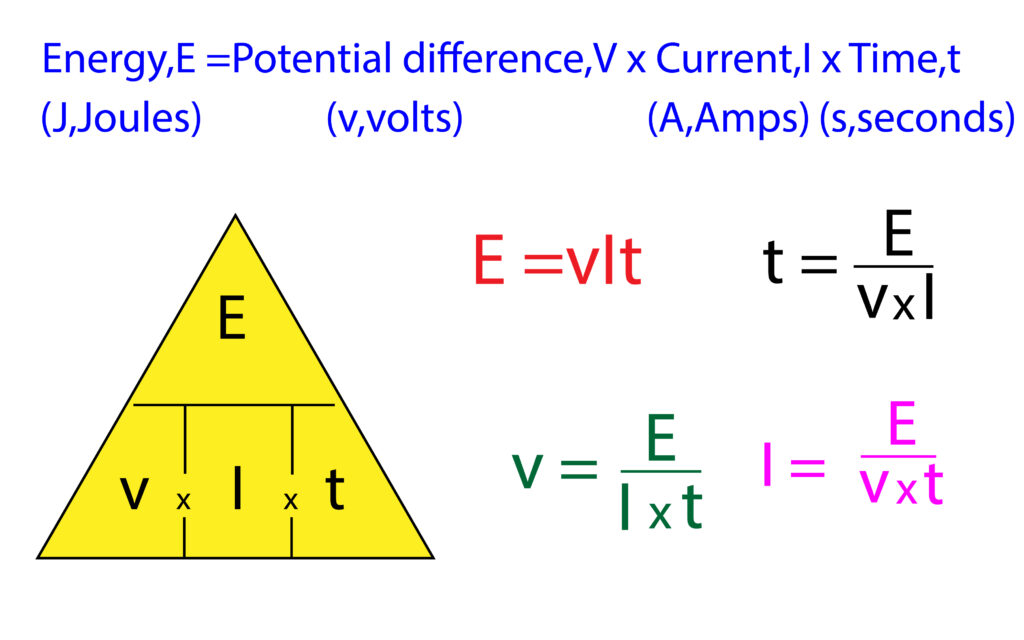GCSE Energy Transfer in Circuits
Energy transfer in a circuit.

In the circuit above the battery contains a store of chemical energy.
Work is done (energy transferred) by the battery to make electrical charges (electrons) flow around the circuit.
In this case the bulb will act as a resistor because it will have some resistance.
As the charges flow through the resistor (bulb) the electrons have to move between the vibrating metal ions of the metal filament in the bulb.
As the electrons collide with the metal ions, they transfer energy to the metal ions. Both the kinetic and thermal energy store of the metal filament in the bulb increases. The metal ions vibrate faster and the bulb becomes hotter.
The work done (energy transferred) by the battery is equal to the total energy transferred to the resistor (bulb).
Many components in a circuit can act as a resistor, because circuit components have resistance. When charge flows through the resistor, energy is transferred and the resistor becomes hotter. This thermal energy store of the resistor is then dissipated to the thermal energy store of the surroundings.
A different example
It is also possible that the energy is transferred to a kinetic store, rather than a thermal store. A washing machine uses mains electricity to rotate the drum. So, in this case the mains power supply would increase the kinetic energy store of the motor of the washing machine to make the drum spin

Example Question
Calculate the energy transferred when the charge flow is 60C and the potential difference is 400mV.
1V = 1000mV
So, 400mv = 0.4V
Energy = charge flow x potential difference
Energy = 60 x 0.4 = 24J

Example question
A 5W light bulb is switched on for 2 minutes, calculate the energy transferred.
Convert the 2 minutes into seconds. 2 minutes = 120 seconds
Energy = Power x time
Energy = 5W x 120 seconds
Energy = 600J

Example question
An oven transfers 400kJ of energy over 200 seconds and uses 230V. Calculate the current of the oven.
400kJ = 400000J
I = E/(v x t)
I = 400000/(200 x 230)
I = 8.7A
Practice Questions
1. An appliance transfers 200J of energy and a charge flows of 600mC. Calculate the potential difference that the appliance has.
2. A mobile phone charger will supply 450J over 1.5 minutes. Calculate the power of the mobile phone charger
3. Calculate the energy transferred when a potential difference of 0.25kv is applied over a time period of 4 minutes using a current of 10A.
Absorption and Emission of EM Radiation
JJ Thomson and Plum pudding model
Ernest Rutherford and the Nuclear Model
Niels Bohr changing the Nuclear Model
Discovering the Proton and Neutron
Measuring radiation from radioactivity
Radiation types and properties
Random nature of radioactive decay
Radioactive contamination or irradiation
Hazards of contamination and irradiation
Studies on the effects of radiation on humans
Different half lives of radioactive isotopes
Nuclear Fission Chain Reaction
Writing nuclear fission equations